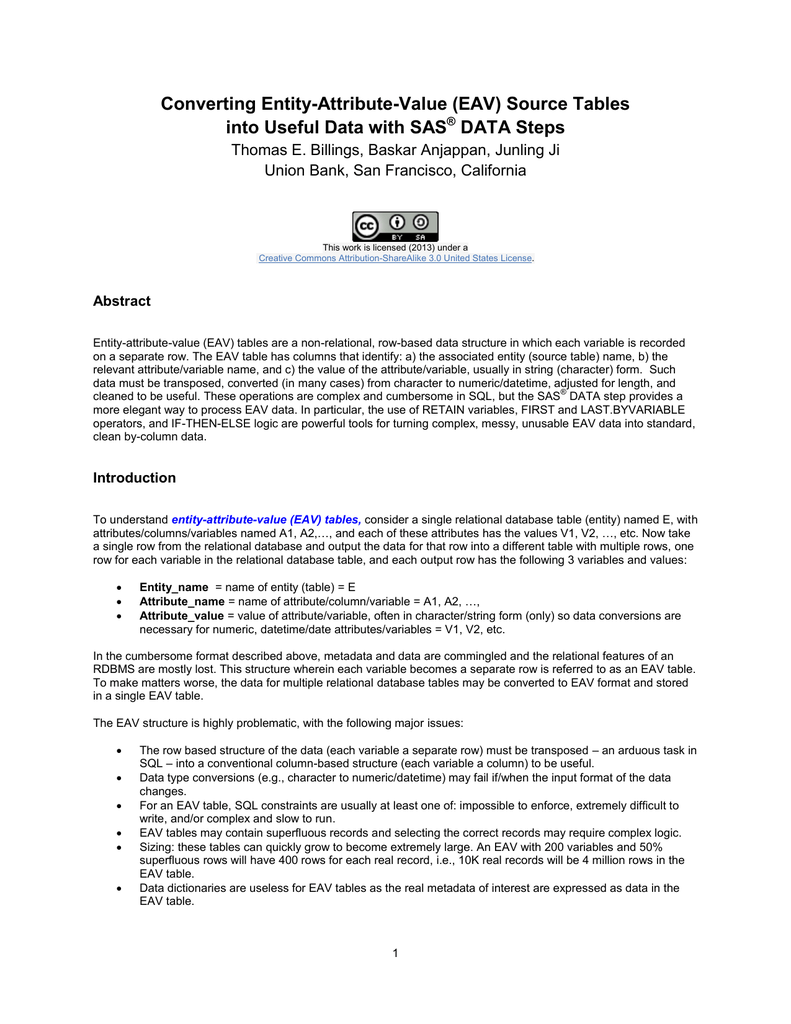

We hope that you will understand when we say that most of us that volunteer our time on this Forum do so in order to help folks learn. The questions that are almost impossible to answer satisfactorily are those that present a huge problem, with no clear description, and asked by someone totally new to the subject matter. The questions most likely to receive a good and targeted answer, are those that present a small problem, that give a very clear description of that problem within its context, and that are placed by people with a fair understanding of the subject who need help getting over a few nasty bumps. Attempts to 'save time and effort' by cutting out parts of the scenario will often lead to wasted time and effort as the suggestions have to be discarded because they don't work with other parts of the unseen puzzle.īut there are limits to what you can expect from volunteers through a disconnected medium. In order to receive useful responses, please spend some time and properly present your scenario.

We also encourage you to share your experiences with a particular design issue if it will serve to help others encountering similar problems. The 'right' design is compounded by many factors, including business, regulatory, hardware/software requirements, as well as staff expertise. You will have to use your own judgment and knowledge of your business requirements to determine the best solution for your particular problem. You may receive conflicting suggestions, for there can be multiple paths to a workable solution. We ask that you recognize that database design is a mixture of art and science.

Design problems that are best solved with other technologies will be welcomed and addressed to the best of our knowledge and ability. Often Database Designs will be generic and can be ported to any vendor's technology. This is a Forum for questions and discussions about database designs for Microsoft technologies, including: SQL Server, Access, SQL Azure, SQL Express, SQL Compact, etc.

Just as a thread may evolve into multiple questions, it may also have more than one 'Answer'. If a response answered some part of your question, or provided you one or more clues that led you to a solution, then use the 'Mark as Answer' option. If someone's response was 'Helpful', use the 'Vote as Helpful' button. You are encouraged to give folks 'credit' for helping you when appropriate. The bottom line is: this Forum should feel like a ‘safe’ place to ask hard questions that invoke passionate responses.īy their very nature, many database design questions will not have a easily decernible 'answer'. Failure to comply with these 'Rules of Conduct' may result in your posts being edited to remove the offending comments, censure, or expulsion from participating in the Forums.
Universal database vs eav modeling professional#
Appropriate Language: Please keep the conversation on a professional level, avoiding any hint of profanity in your interactions.Confidentiality: Confidential information should not be posted.Tolerance: P lease don’t assume someone’s curtness was meant to insult, slur, or demean you.Respect: Please be respectful of other participants, and their contributions avoiding insults, demeaning remarks and slurs.Relevance to Topics: We encourage you to keep your postings as close to the subject as possible.The purpose of this forum is to help you out with specific issues, if possible. Bugs, Product Decisions, and Feedback: The purpose of this forum is not to ask the product team why decisions were made and to ask them to make other changes. Some topics are out of scope for this forum.ġ. Understanding Data Model Quality, Graeme Simsion On Normalization and Repeating Groups by Fabian Pascal Introduction to the Unified Dimensional Model (UDM) A Simple Guide to Five Normal forms and Relational Database Theoryĭatabase Design - Ten Common Database Design Mistakes, Louis Davidsonĭatabase Design Issues -EAV Model Discussion (Querying an EAV Table)


 0 kommentar(er)
0 kommentar(er)
